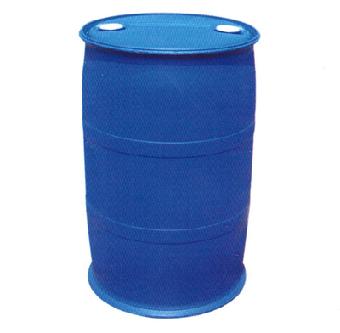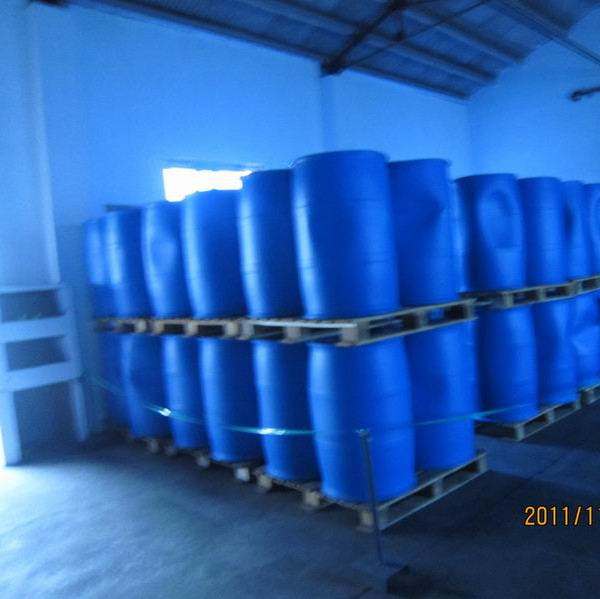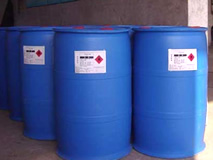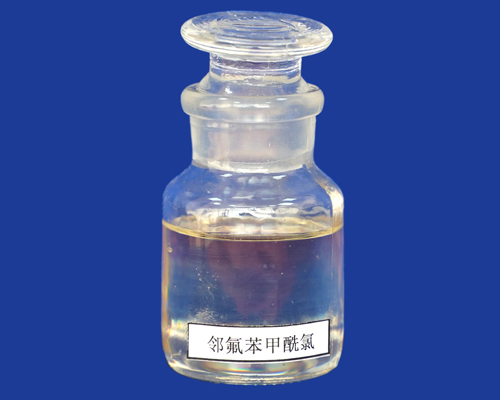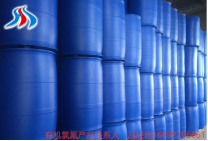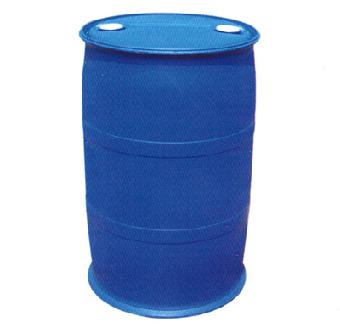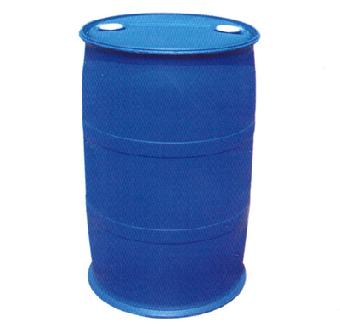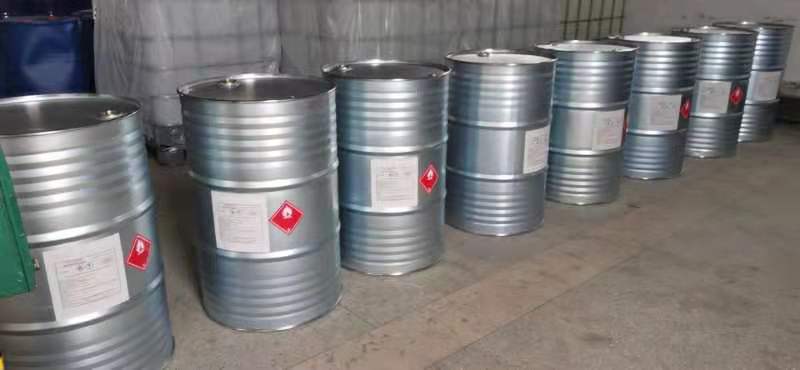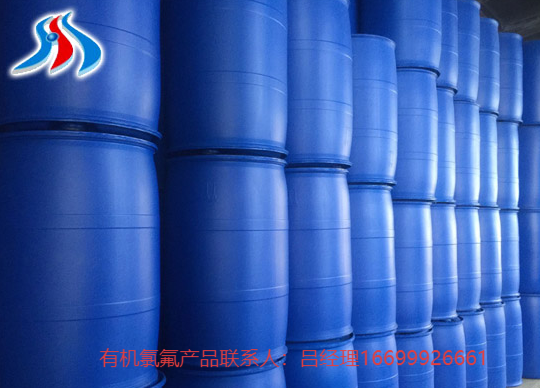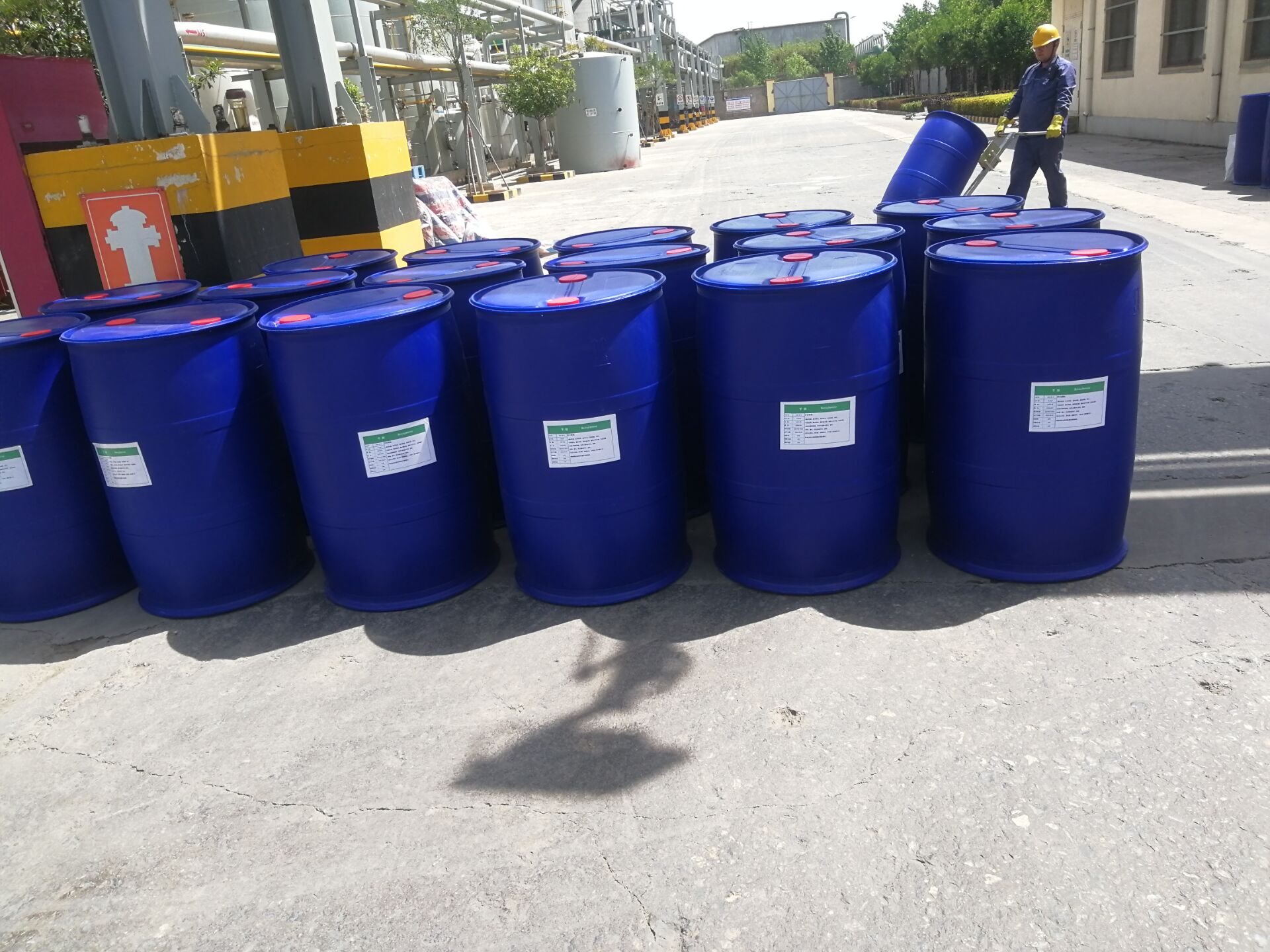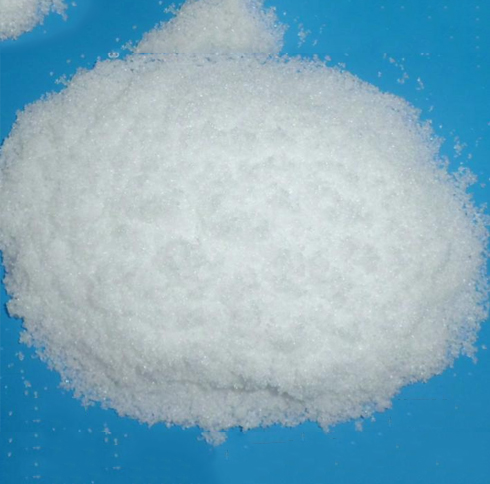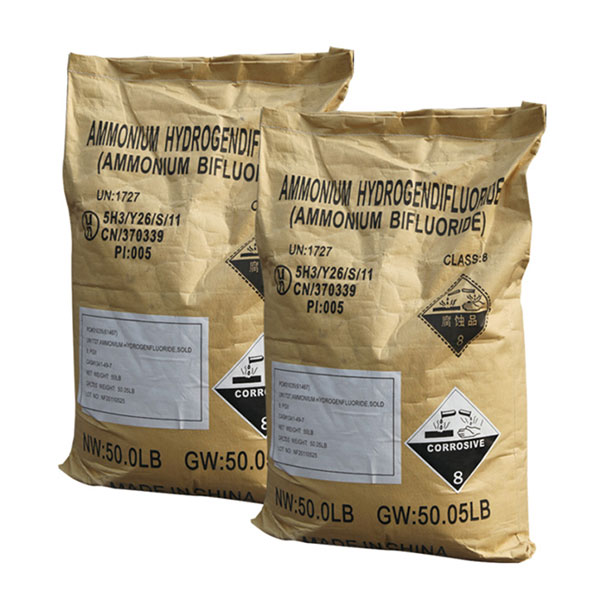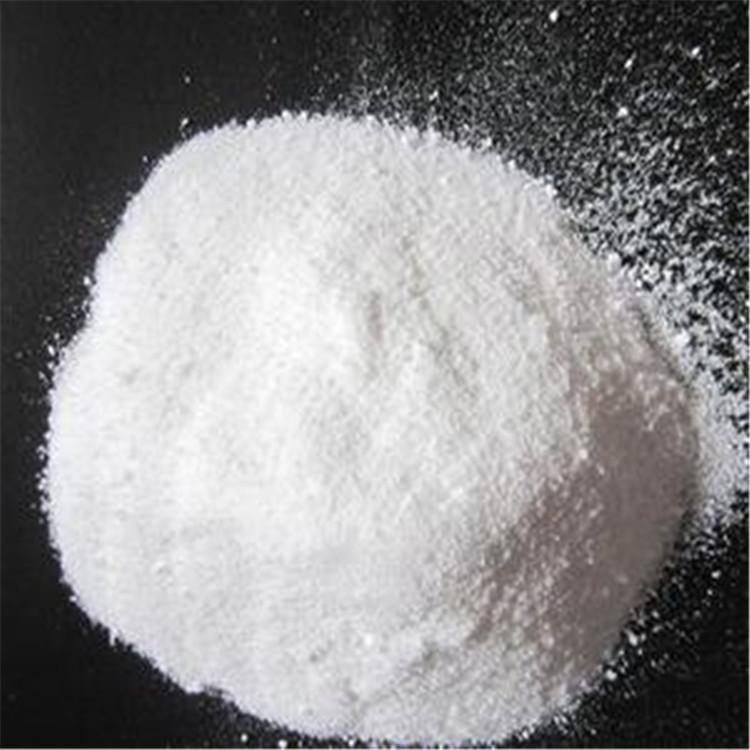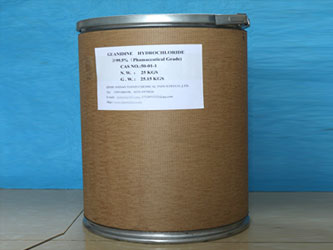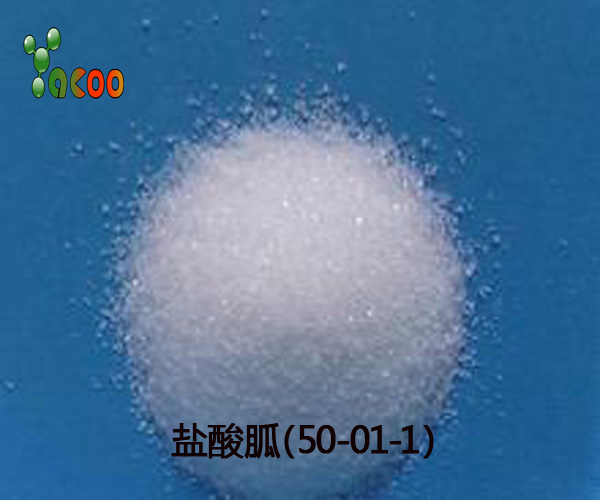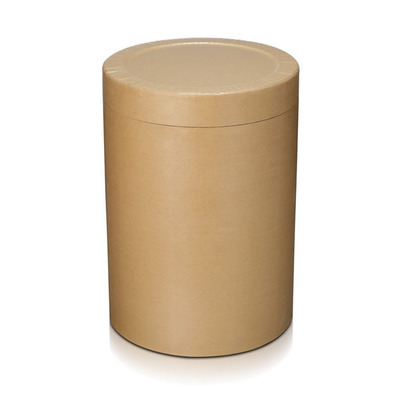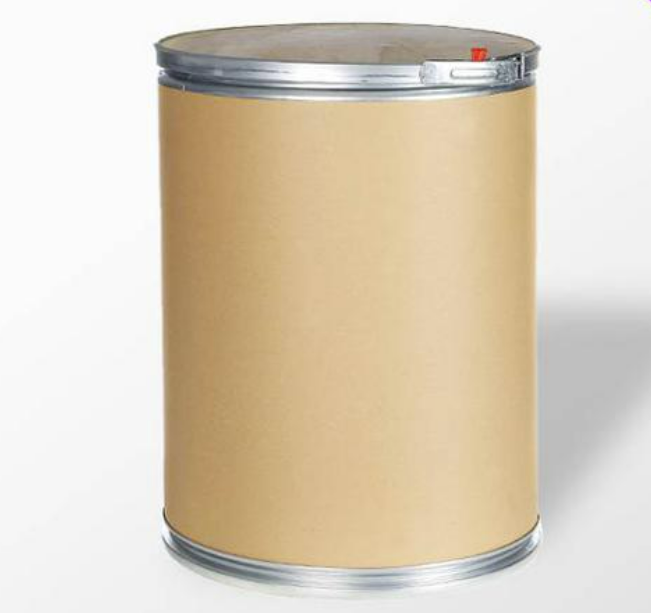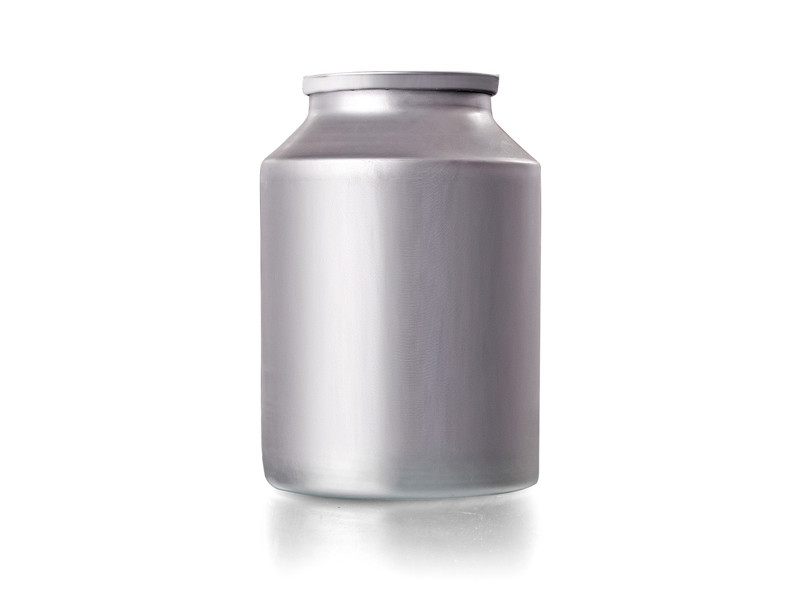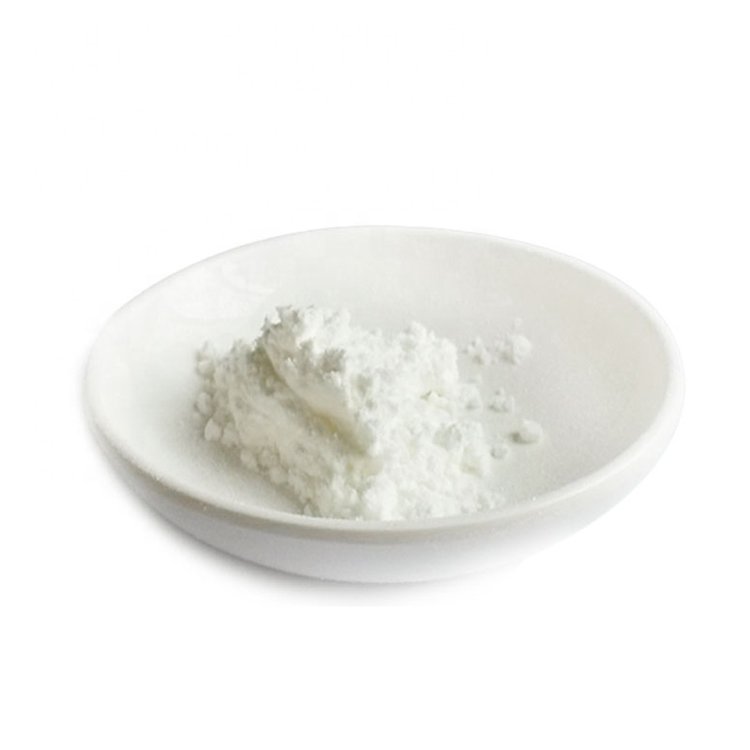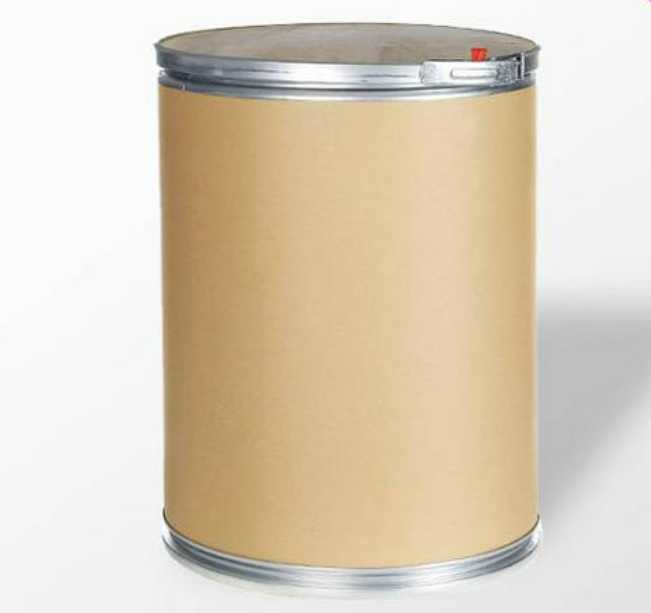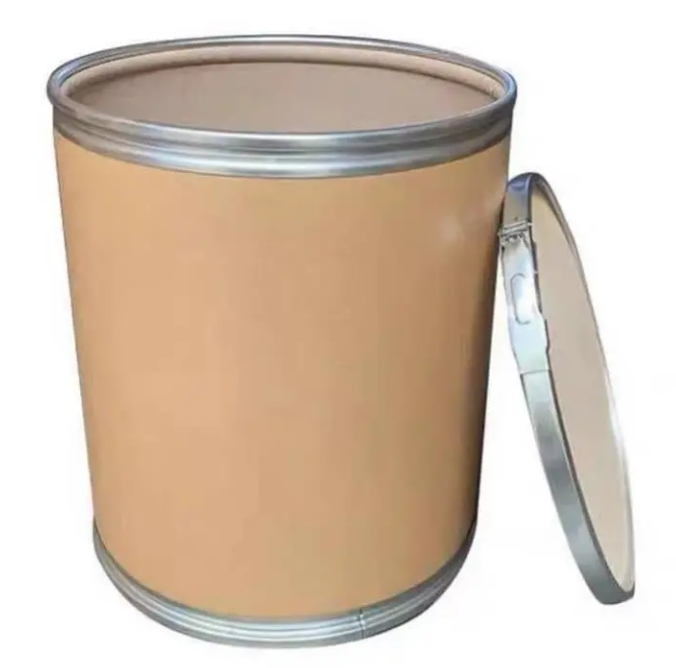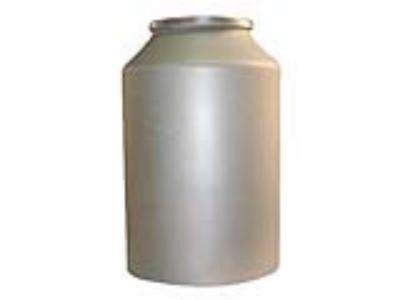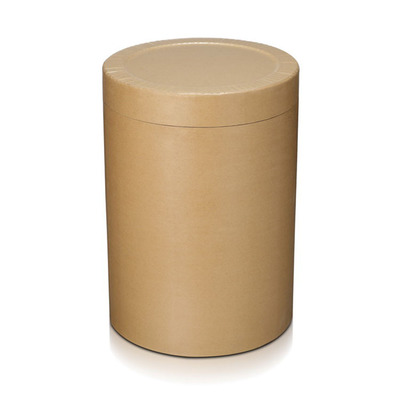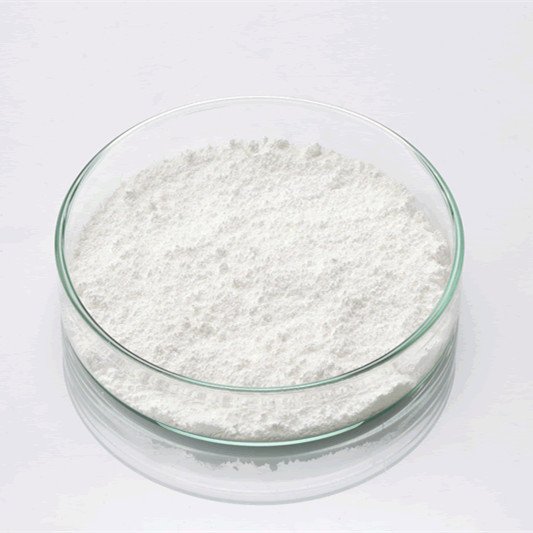API & Intermediate
Pharmaceutical Raw Materials
Veterinary API
Antiallergic Drugs
Hormones and Endocrine Drugs
Drug Metabolism
Pharmaceutical Intermediates
Synthetic Anti Infective Drugs
Specialty Drugs
Vitamins and Minerals Medicines
Feed Drug Additive
Antineoplastic Agents
Nervous System Drugs
Respiratory Drugs
Diagnostic Agents
Anti Stress Drugs
Antipyretic Analgesics
Antiparasitic Drugs
Circulatory System Drugs
Biochemicals
Blood System Drugs
Immune System Medication
Pharmaceutical Excipients
Fluid, Electrolyte, and Acid-Base Balance
Urinary System Drugs
Antibiotics
Anesthetic Agents
Inhibitors
Other Chemical Drugs
Digestive System Drugs
Find
7127
related chemicals for you
CAS:393-52-2
Molecular Formula:C7H4ClFO
Alias
More Information
O-Fluoro-Benzoylchlorid; 2-Fluorobenzoyl; O-Fluorobenzoyl; O-Fluorobenzoyl Chloride; 2-Fluorobenzoyl Chlo; Ortho-Fluorobenzoyl Chloride; 2-Fluorobenzoic Acid Chloride; 2-Fluorobenzenecarbonyl Chloride; Orthofluorine Benzoyl Chloride
Brief Introduction
Used as dyes, pesticides and pharmaceutical intermediates
Suppliers
View More Vendors (6) >
CAS:403-43-0
Molecular Formula:C7H4ClFO
Alias
More Information
P-Fluorobenzoyl; Parafluorobenzoyl Chloride; 4-Fluorobenozylchloride; 4-Fluoro-Benzoyl Chloride; 4-Fluorobenzoyl Chlo; Benzoyl Chloride, 4-Fluoro-; Fluorobenzoyl(4-) Chloride; P-Fluorobenzoyl Chloride; 4-Fluorobenzoic Acid Chloride; 4-Fluoro-Benzoylchlorid; Para-Fluorobenzoic Acid Chloride
Brief Introduction
It is used in the synthesis of medicine and pesticide. It is the intermediate of fungicide flumorph.
Suppliers
View More Vendors (6) >
CAS:50-01-1
Molecular Formula:CH6ClN3
Alias
More Information
Guanidinium Chloride; Guanidine Hcl; Guanidine, Monohydrochloride; Guanidine;Hydrochloride
Brief Introduction
Guanidine hydrochloride, chemical name amidine hydrochloride, is a white or yellowish block, almost insoluble in acetone, benzene and ether. It can be used as medicine, pesticide, dyestuff and other organic synthetic intermediates. It is an important raw material for manufacturing sulfadiazine, sulfamethylpyrimidine, sulfadimethylpyrimidine and folic acid. It can also be used as antistatic agent for synthetic fiber.
Suppliers
View More Vendors (6) >
CAS:50-14-6
Molecular Formula:C28H44O
Alias
More Information
Calciferol,Ercalciol,Ergocalciferol; Daral; Infron; Ergocalciferol; Ertron
Brief Introduction
Indications: large dose is also used for skin tuberculosis, skin and mucous membrane lupus erythematosus, etc. Vitamin D3 can regulate cell growth, including inducing normal cell differentiation and inhibiting cell proliferation.
Suppliers
View More Vendors (6) >
CAS:50-23-7
Molecular Formula:C21H30O5
Alias
More Information
Hytone; 11β,17α,21-Trihydroxypregn-4-ene-3,20-Dione; Hydrocortisone-CAS50-23-7-Calbiochem; Prednisoloneimpurity1(Prednisoloneepimpuritya); Prednisoloneepimpuritya; 21-Trihydroxypregn-4-ene-3; Compoundf(Kendall); Alacort; Hycort; Hvb; Cortisol
Brief Introduction
Therapeutic Hydrocortisone is a synthetic or semisynthetic analog of natural hydrocortisone hormone produced by the adrenal glands with primary glucocorticoid and minor mineralocorticoid effects. As a glucocorticoid receptor agonist, hydrocortisone promotes protein catabolism, gluconeogenesis, capillary wall stability, renal excretion of calcium, and suppresses immune and inflammatory responses.
Suppliers
View More Vendors (6) >
Inquiry (
10
/ 10
)
Clear All
You can inquire for up to 10 products at a time
Sign In
Error!

